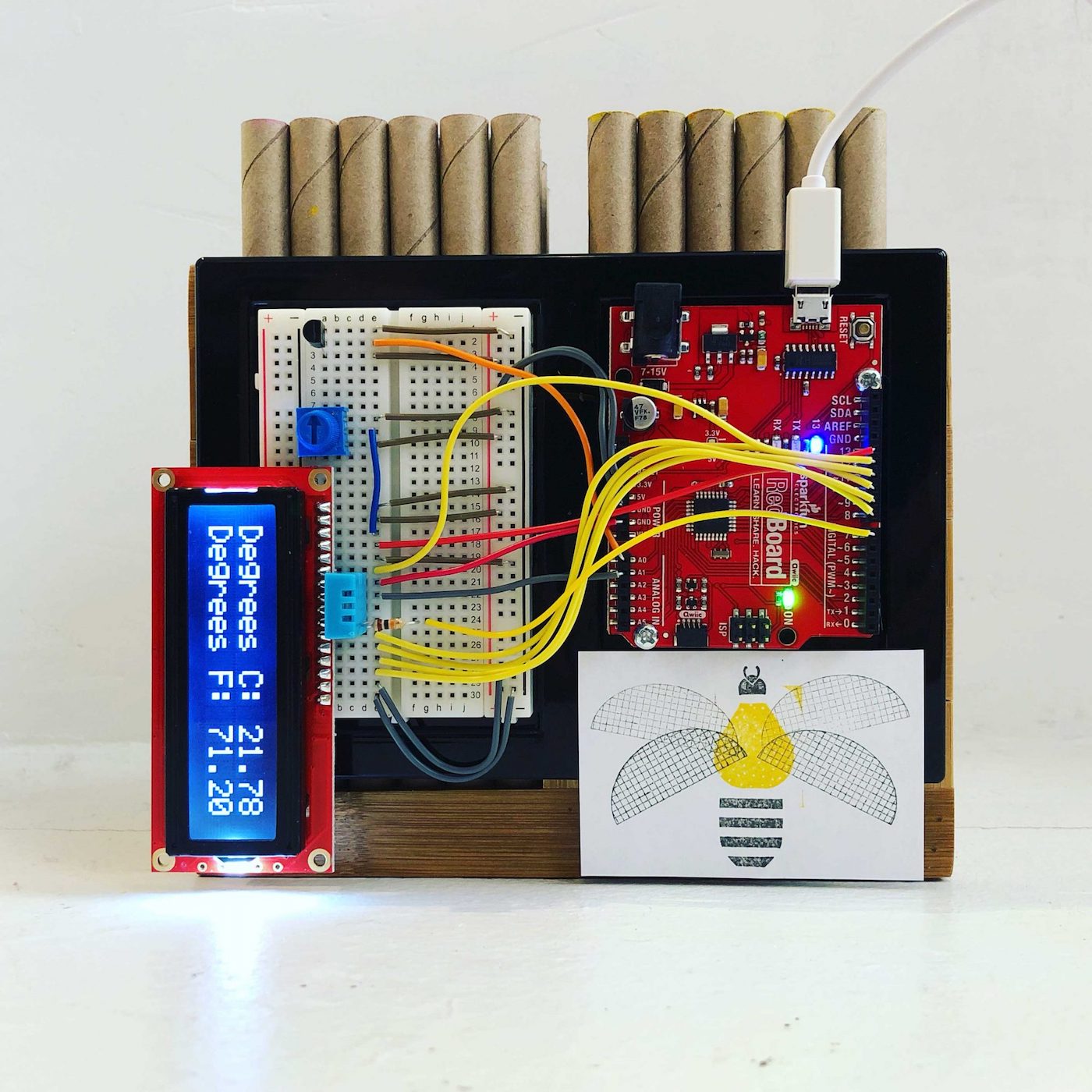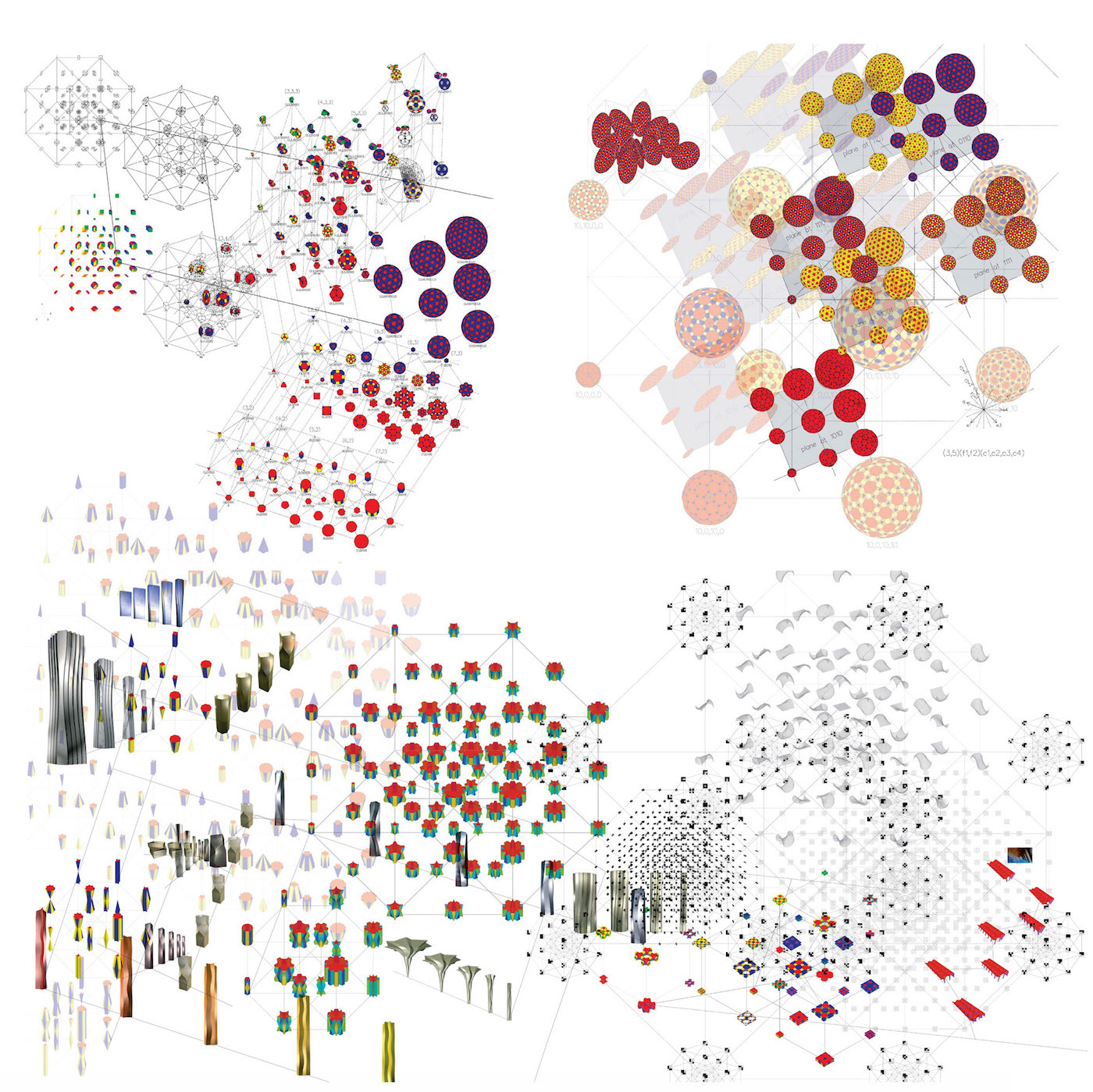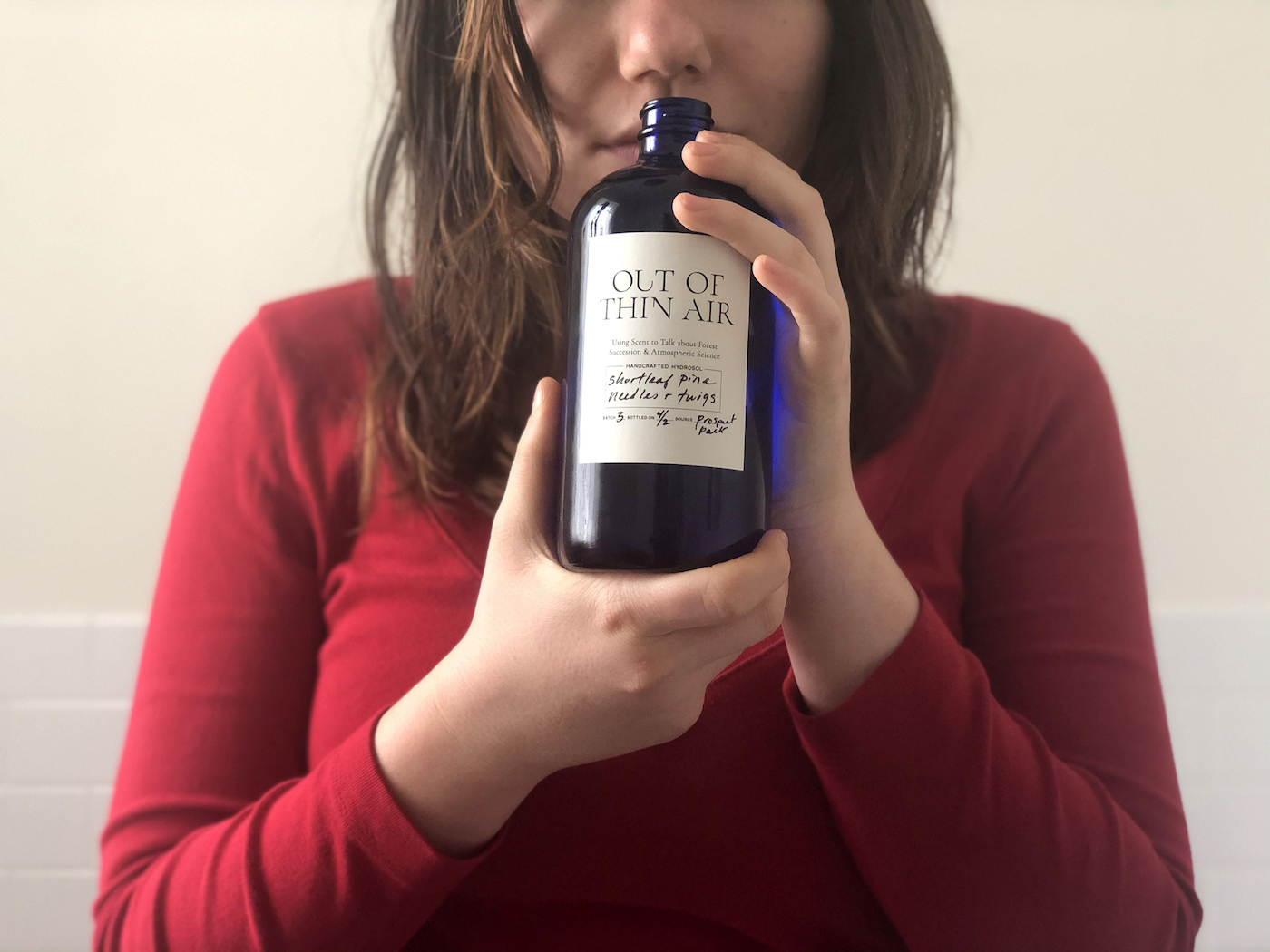This year Pratt Institute’s Research Open House (ROH) went virtual, with more than 60 projects featuring around 200 participants showcased online. Organized by the Office of Research and Strategic Partnerships in the Provost’s Office, the annual event welcomes the public to discover the groundbreaking research taking place year-round at Pratt. This third edition of the event launched in early May.

“Smart Hives: Designing for Native Bees” by Nancy Smith, assistant professor in the School of Information, honored with the Start-Up Power Award (For-Profit) in the 2020 Research Open House (courtesy Nancy Smith)
This year Pratt Institute’s Research Open House (ROH) went virtual, with more than 60 projects featuring around 200 participants showcased online. Organized by the Office of Research and Strategic Partnerships in the Provost’s Office, the annual event welcomes the public to discover the groundbreaking research taking place year-round at Pratt. This third edition of the event launched in early May.
ROH has announced the winners of this year’s awards. The Faculty Research Recognition Award—one of the highest honors a Pratt faculty member can receive—was given to Professor of Undergraduate Architecture Dr. Haresh Lalvani. The award recognizes his decades as a visionary leader in morphology and his research in experimental structures. A yearlong review process went into the selection for this award, spearheaded by a committee of Pratt’s Academic Senate with criteria based on categories that include impact, critical review and reception, and a strong connection to Pratt’s community.
Dr. Lalvani has taught in the School of Architecture since 1970 and is the director and co-founder of Pratt’s Center for Experimental Structures. Internationally recognized as an architect-morphologist, artist-inventor, and design scientist, his interdisciplinary collaborations have involved computer science, engineering, dance, physics, and telebiometrics for which his work led to establishing an international standard. He is a recipient of grants from NASA, the National Endowment for the Arts (NEA), Empire State Development’s Division of Science, Technology and Innovation (NYSTAR), the Graham Foundation, and other agencies. His sculptures include the public art piece “SEED54” in Manhattan and his “AlgoRhythms Columns” in the permanent design collection of the Museum of Modern Art (MoMA).

“Morphoverse 1.0: A Universe of Form” by Professor of Undergraduate Architecture Dr. Haresh Lalvani, honored with the Faculty Research Recognition Award (courtesy Dr. Haresh Lalvani)
At the 2020 ROH, he presented a new 4D periodic table of chemical elements, recently published in the Foundations of Chemistry journal, which locates 120 elements on a 4D-cubic lattice. In a Q&A for the ROH site, he discussed his work, the evolution and future of his research, its challenges and successes, and how being at Pratt has shaped his practice.
“My work straddles two realms, fundamental research and applied research,” he said in the Q&A. “It deals with structures and meta-structures. This dual location forces me to look into methods and processes, both physical and conceptual. I have found that doing fundamental research with an application-driven environment of design arts—architecture, design, and art—facilitates the discovery of surprising solutions to some problems or to problems that have not yet arisen.”
A team of faculty judges recognized other ROH projects for their exceptional contributions to research. “The Pollinators Pavilion” led by Ariane Lourie Harrison, visiting associate professor in Graduate Architecture and Urban Design (GAUD), received the Sustainability Award. The structure is designed to support declining native bee populations and was cited for its use of sustainable material and construction in addressing an ecological crisis. The Impact Award went to “Money Does Grow on Trees” led by Samuel Pressman, MS Sustainable Environmental Systems ’20. Using an interactive digital platform and an educational framework, the project highlights the importance of community gardens, from their environmental mitigation benefits to their promotion of local well-being.

“Brain Bridges: Exploring Boredom in Children through Co-Design” by Danielle Begnaud, MID ’20, honored with the Start-Up Power Award (Not-for-Profit) (courtesy Danielle Begnaud)
Another bee-centric initiative, “Smart Hives” led by Nancy Smith, assistant professor in the School of Information, was honored with the Start-Up Power Award (For-Profit). The project uses found and recycled materials to build hives for native, solitary bees, incorporating digital components including sensors and monitors to deepen knowledge about their lives and environments. “Brain Bridges: Exploring Boredom in Children through Co-Design” received the Start-Up Power Award (Not-for-Profit). Created by Danielle Begnaud, MID ’20, the project developed through participatory sessions with seven- to 13-year-olds to cooperatively design antidotes to boredom that don’t involve digital entertainment.

“Out of Thin Air: Using Scent to Talk about Forest Succession and Atmospheric Science,” led by Jean Brennan, adjunct professor-CCE of graduate communications design, honored with the Innovation Award (courtesy Jean Brennan)
The Innovation Award went to “Out of Thin Air: Using Scent to Talk about Forest Succession and Atmospheric Science,” led by Jean Brennan, adjunct professor-CCE of graduate communications design. The project considers what old-growth Brooklyn forests smelled like before colonization and subsequent logging, using essential oils from fragrant plant species to map that change in Prospect Park and reflect on how that scent is now altering due to climate change.
Finally, the first-ever People’s Choice Award, voted on by more than 200 ROH virtual visitors, was given to “Informed Misuse: Hybrid Pedagogies for Architects and Mathematicians.” A collaboration between an architect—Maria Sieira, adjunct associate professor-CCE of GAUD—and a mathematician—Melissa Singer, a math teacher in the Brooklyn School of Inquiry—the project uses architecture to teach math in a middle school curriculum, encouraging new pathways for learning through the overlapping fields.
All of this year’s projects are available to explore at any time on the ROH microsite, offering a glimpse into the forward-thinking research happening within and across disciplines at Pratt.